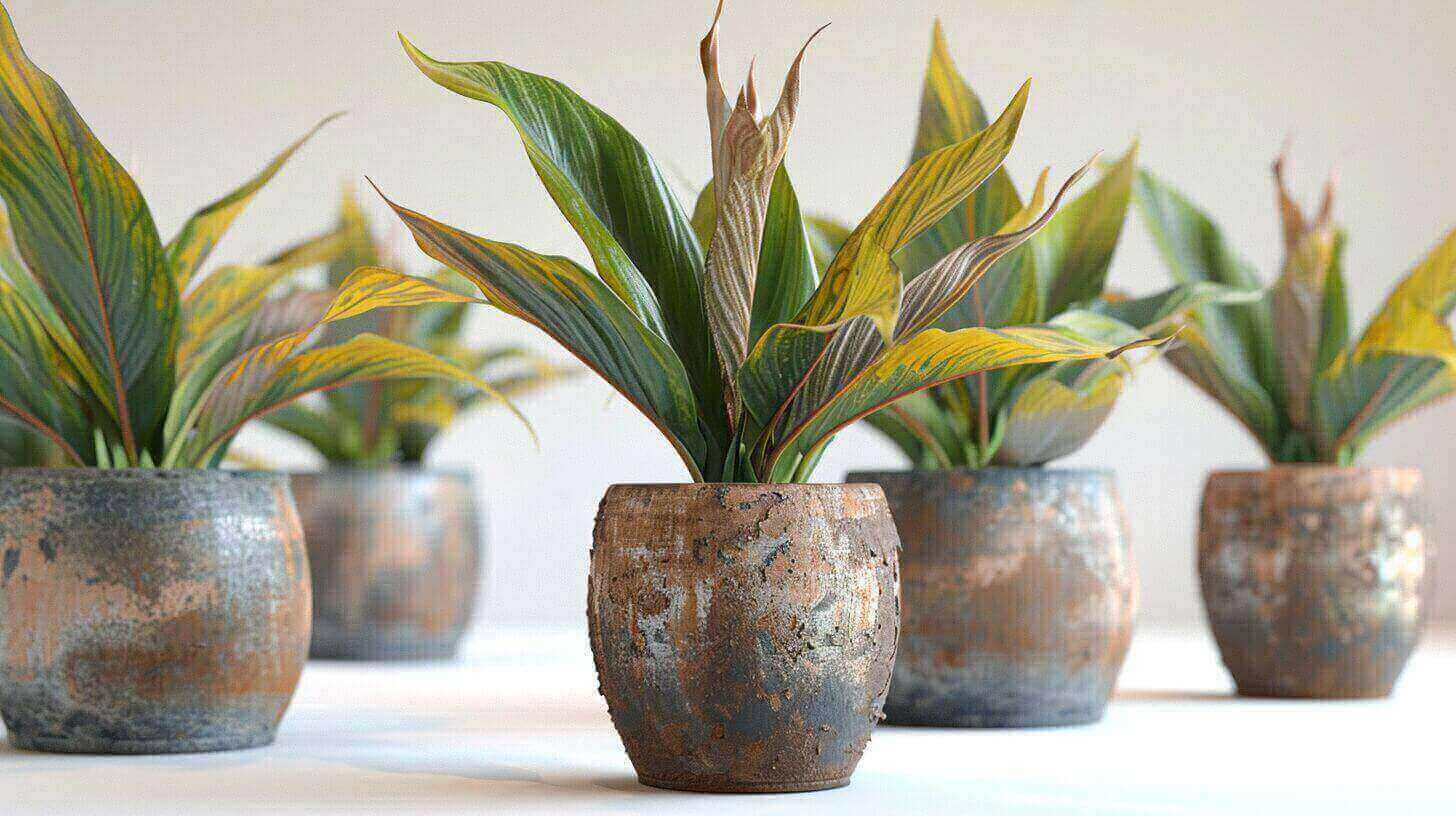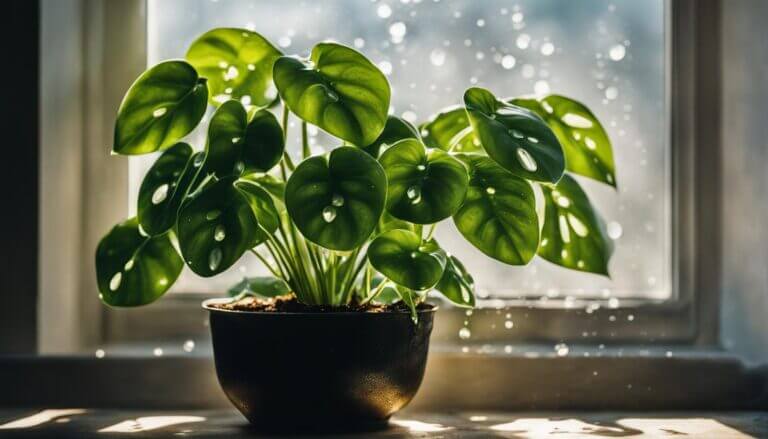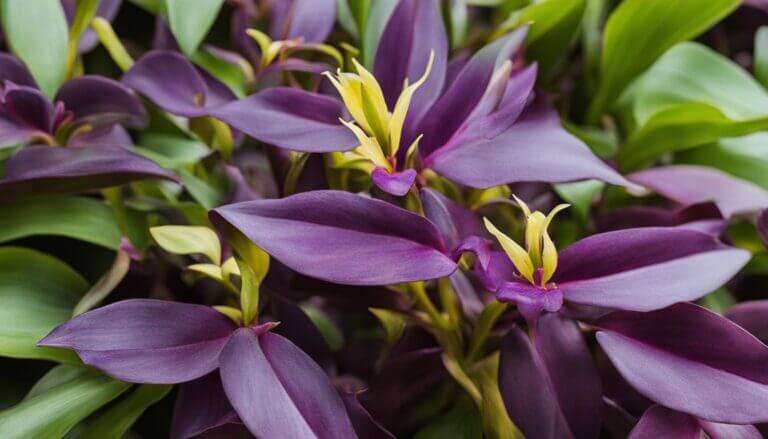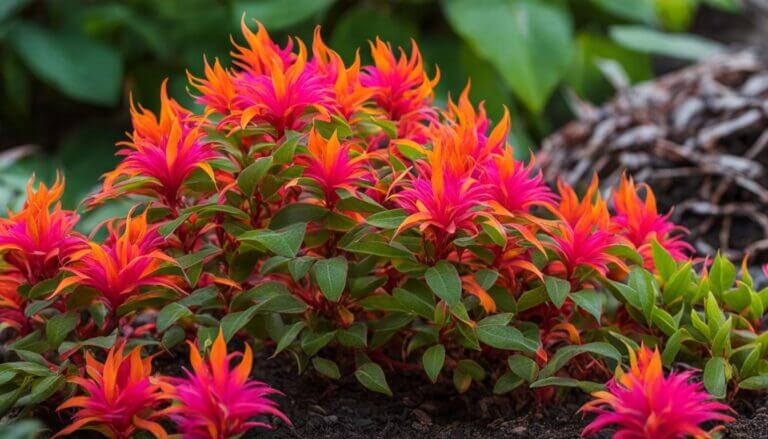How to Save a Dying Cast Iron Plant: Tips for Reviving Droopy Leaves
Growing healthy houseplants can be a rewarding experience, but sometimes our green friends need a little extra care. If you’re noticing your cast iron plant’s leaves drooping and looking unhealthy, don’t despair! With some simple rehab tips, you can save your dying cast iron plant and bring it back to life.
When your cast iron plant arrives by mail, it’s crucial to unpack it promptly and give it the care it needs to adjust to its new environment. Here are some key steps to follow:
- Water the plant if the soil is dry to ensure it is hydrated.
- Remove any dead or broken leaves to promote new growth.
- Increase humidity around the plant to mimic its natural habitat.
- Avoid repotting or fertilizing too early to minimize stress.
- Gradually expose the plant to bright light to prevent shock.
- Prevent drafts and quarantine new plants to prevent the spread of pests.
Key Takeaways:
- Unpack and care for your cast iron plant immediately upon arrival to ensure a smooth transition.
- Water your plant when the soil surface is dry, but avoid overwatering or underwatering.
- Provide bright indirect light to your plant and gradually introduce it to direct sunlight.
- Maintain a temperature range between 65°F and 85°F for optimal growth.
- Address common issues like yellow leaves, brown tips, root rot, pests, and wilting with proper care and attention.
Best Practices for Watering a Cast Iron Plant
Proper watering is crucial for the health and vitality of a cast iron plant. Incorrect watering practices can lead to issues such as root rot, wilting, and droopy leaves. To ensure optimal moisture levels for your cast iron plant, follow these best practices:
1. Monitor the Soil Moisture
Check the soil moisture regularly to determine when to water your cast iron plant. Stick your finger about an inch into the soil. If it feels dry, it’s time to water. However, if the soil still feels moist, it’s best to wait before watering. Overwatering can suffocate the plant’s roots and cause them to rot, leading to irreversible damage.
2. Water Thoroughly and Allow Proper Drainage
When it’s time to water, make sure to do so thoroughly. Water the plant until you see the excess moisture draining out of the pot’s drainage holes. This ensures that the entire root system receives adequate hydration. Avoid leaving the plant sitting in a saucer of water as it can lead to waterlogging.
3. Establish a Watering Schedule
Establishing a consistent watering schedule can help maintain steady moisture levels for your cast iron plant. Aim to water every 7-10 days, but adjust the frequency based on factors such as the plant’s size, environmental conditions, and potting medium. Pay attention to signs of underwatering or overwatering, such as wilting or yellowing leaves, and adjust your watering schedule accordingly.
By following these best practices, you can ensure that your cast iron plant receives the right amount of water to thrive. Remember, consistency and careful monitoring are key to maintaining the optimal moisture balance for a healthy and lush cast iron plant.
| Signs of Underwatering | Signs of Overwatering |
|---|---|
| – Wilting leaves | – Yellowing leaves |
| – Dry soil | – Waterlogged soil |
| – Crispy, brown leaf edges | – Root rot |
| – Stunted growth | – Foul odor from the soil |
Proper Lighting and Temperature for a Healthy Cast Iron Plant
Proper lighting and temperature are key factors in maintaining a healthy cast iron plant. These resilient plants thrive in bright indirect light, making them perfect for areas with moderate to low light conditions. However, it’s important to gradually introduce them to direct sunlight to prevent leaf burn. To provide the optimal lighting conditions, place your cast iron plant near a window with filtered light or use a sheer curtain to diffuse bright sunlight. Avoid placing the plant in direct sunlight for extended periods, as this can damage the leaves.
In addition to lighting, temperature also plays a crucial role in the well-being of your cast iron plant. These plants prefer a temperature range between 65°F and 85°F (18°C to 29°C). Avoid placing them near drafts, as sudden temperature changes can stress the plant and lead to wilting. It’s also important to keep the plant away from extreme temperature conditions, such as next to heating or cooling vents. Maintaining a consistent temperature within the recommended range will help your cast iron plant thrive.
Lighting Recommendations for Cast Iron Plants:
- Place the plant in a well-lit area with bright indirect light.
- Gradually expose the plant to direct sunlight to avoid leaf burn.
- Use a sheer curtain to diffuse bright sunlight if necessary.
Temperature Guidelines for Cast Iron Plants:
- Maintain a temperature range between 65°F and 85°F (18°C to 29°C).
- Avoid placing the plant near drafts or extreme temperature conditions.
By providing the proper lighting and temperature conditions, you can ensure the health and vitality of your cast iron plant. Remember to observe your plant’s response and make adjustments as needed. With the right care, your cast iron plant will thrive and bring beauty to your indoor space.
| Lighting Recommendations | Temperature Guidelines |
|---|---|
| Place the plant in a well-lit area with bright indirect light. | Maintain a temperature range between 65°F and 85°F (18°C to 29°C). |
| Gradually expose the plant to direct sunlight to avoid leaf burn. | Avoid placing the plant near drafts or extreme temperature conditions. |
| Use a sheer curtain to diffuse bright sunlight if necessary. |
Troubleshooting Common Issues with Cast Iron Plants
When caring for your cast iron plants, it’s essential to address common issues that can jeopardize their health. Understanding the causes behind yellow leaves, brown tips, root rot, pests, and wilting can help you revive your struggling plant.
Yellow leaves can be a sign of multiple problems. Exposing your cast iron plant to extreme moisture, direct sunlight, or nutrient deficiencies can all contribute to this issue. To resolve it, ensure your plant receives adequate but not excessive watering, provide indirect light, and consider adding a balanced fertilizer to the soil.
Brown tips on the leaves can occur due to underwatering, over-fertilizing, or fertilizer salt buildup. To prevent this, maintain a consistent watering schedule, following the recommended guidelines for your cast iron plant. Additionally, avoid excessive fertilization and flush the soil periodically to remove any salt buildup.
Root rot is a common concern, often caused by overwatering or poorly draining soil. If you notice your plant’s roots appear brown and mushy, it’s crucial to act quickly. Gently remove the affected roots, repot in fresh, well-draining soil, and adjust your watering habits to prevent recurrence.
Pests such as spider mites, scale, and mealybugs can also pose a threat to your cast iron plant. Regularly inspect your plant for signs of pests, such as webbing, sticky residue, or tiny crawling insects. If detected, isolate the infected plant, treat with an appropriate insecticide, and ensure proper ventilation to discourage pest infestations.
FAQ
Why is my cast iron plant drooping?
A cast iron plant may start drooping if it’s overwatered. Too much water can lead to drooping leaves and root rot. It’s important to let the soil dry out between waterings to prevent this.
What causes the leaves of a cast iron plant to turn brown?
The leaves of a cast iron plant can turn brown due to several possible causes. Overwatering, exposure to drafty conditions, or a fungal infection could be the cause. It’s important to diagnose the problem correctly to save the plant.
How often should I water a drooping cast iron plant?
If your cast iron plant is drooping, it might be due to overwatering. Cast iron plants like their soil to become bone dry between waterings. You can use a moisture meter to check the soil’s moisture levels.
How can I revive a drooping cast iron plant at home?
To revive a drooping cast iron plant at home, cut back on watering and make sure the plant is in a warm environment with indirect light. If the plant is overwatered, you might need to repot it with fresh, well-draining soil.
Can a cast iron plant recover from drooping leaves?
Yes, a cast iron plant can recover from drooping leaves. These plants are hardy and can tolerate a range of conditions. Adjusting the care routine to address the cause of the drooping leaves can help the plant recover.
How can I prevent my cast iron plant from drooping?
To prevent your cast iron plant from drooping, avoid overwatering, ensure the plant has good drainage, and keep it in a warm, draft-free area. These plants don’t need much water and prefer to dry out between waterings.
Why are the leaf tips of my cast iron plant turning brown?
The leaf tips of a cast iron plant can turn brown if the plant is overwatered or if it’s exposed to direct sunlight. These plants prefer indirect light and well-draining soil.
What should I do if the leaves of my cast iron plant start turning yellow?
If the leaves of your cast iron plant start turning yellow, it may be a sign of overwatering or poor drainage. Cut back on watering, ensure the plant has good drainage, and consider repotting the plant if the problem persists.







